Publisher: Nintendo
Year: 1987
Genre: Platformer
“Genre-defining” is not a term that should be thrown about lightly. Any game that truly defines a genre must have elements that, to date, were unique and special. Elements that made the game groundbreaking – that really stuck with players and made them excited to be playing the game.
Metroid has since become one of Nintendo’s most beloved franchises, with speedrun competitions still raising hundreds of thousands of dollars for charity. But its humble beginnings were in this NES title, jam packed with exploration, frustration and… something else-ation.
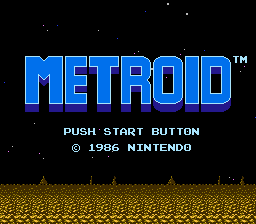
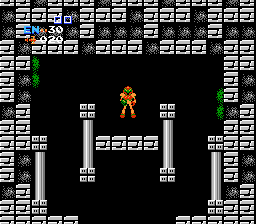
In Metroid, you take the role of Samus Aran, a space bounty hunter sent to defeat space pirates who have taken control of a vampiric organism known as “Metroid.” Samus must infiltrate the planet (a “natural fortress” as the manual describes it) obtaining power-ups along the way so that she* can do battle with “artificial lifeform” Mother Brain. The art brings to mind an alien world brimming with strange inhabitants and challenging terrain. The titular Metroids actually don’t appear until nearly the end, but they aren’t really the focus of the game anyway.
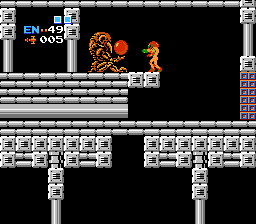
What is the focus of the game is exploration. Metroid revolutionized the open world sandbox game concept by allowing the player free reign of planet Zebes. Entering certain areas requires access to power ups or resources, and the game does a phenomenal job of introducing you to this progression gradually. The very first powerup in the game is the morph ball, which allows Samus to compress herself into a rolling ball about half her height. This can be found just to the left of the starting location and is necessary to progress down the narrow corridor to the right, and obtaining this early on and using it to bypass an obstacle really sets the tone of the entire game.
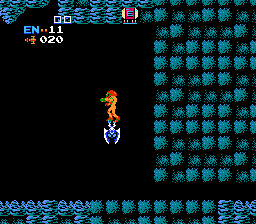
The genre, sometimes called “Metroidvania” (after “Metroid” and the later Castlevania games, which we’ll eventually discuss in more depth). Metroidvania games encourage exploration and experimentation, not only to acquire the items necessary to progress beyond the various choke points, but to find the many, many hidden items. Metroid is somewhat imperfect in its execution here – a surprisingly large number of them are hidden in places that only the most dedicated of searches could possibly uncover. Back in the bad old days of gaming, periodicals such as Nintendo Power and The Official Nintendo Player’s Guide gave (sometimes cryptic) hints as to the location of these goodies. Nowadays, you can either try to puzzle it out or do a quick google search.
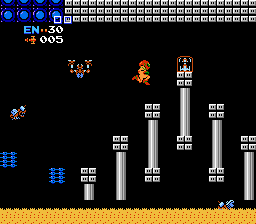
Think about this for a second though: genre-defining. How many games can really make that claim? Wolfenstein 3D with the FPS? The original Rogue with the overarching concept of “Roguelikes”? Zelda with the top-down action adventure? And more recently Defense of the Ancients and League of Legends with the MOBA genre. What new genres are left to explore? What will the next groundbreaking concept be?
Metroid is generally well-crafted with only a few gripes. The use of numeric health levels is interesting, and gives you a solid understanding of exactly what your longevity is. As a counterpoint, no matter how many energy tanks you have, when you die (or load from a password), you start out on near empty and it can take forever to fill up. The powerups are interesting and generally well-scaled, but the wave beam is worse than useless**, since it can’t kill Metroids (which, for their brief appearance, are a monumental threat). Little things like that about the game show that Nintendo still has a way to go as far as design is concerned.
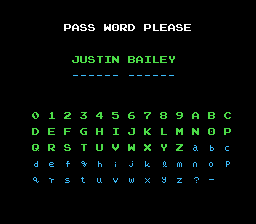
John’s Rating: 5.0 out of 5.0. Even with a few ragged edges and flaws, Metroid is a truly groundbreaking game, and definitely worth a playthrough, but you must go into it with the understanding that this is the shining glimmer of the beginning of something brilliant – a glimpse of gaming history being made.
* At the time, the revelation that Samus was a woman was truly amazing, shocking and, to my young mind, super cool. Now, the fact that she’s a woman is plastered on all the game’s products and merchandise, so all of the shock value of that revelation is lost.
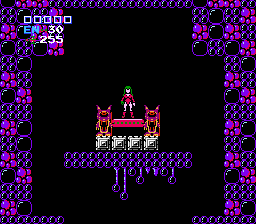
** As an actual weapon. You can use it to find secrets since it goes through walls, making it the only reliable way to find most of the really well-hidden ones.